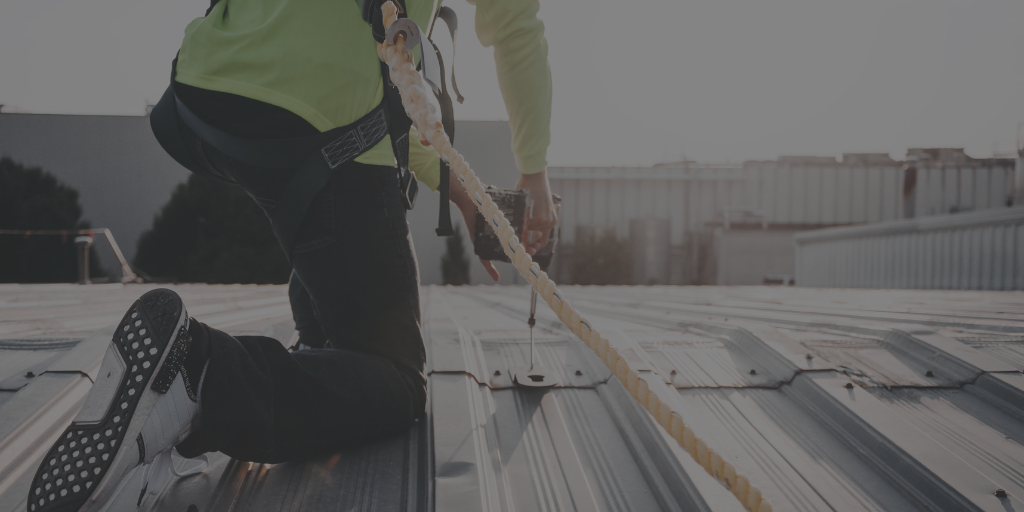OSHA regulations are crazy. Compliance is our focus, and we come to the table with a thorough knowledge of all the necessary requirements.
Learn more below about how we can help you.
Walking-Working Surfaces and Fall Protection Systems
- Since fall protection historically has been the most-violated OSHA standard, the agency has updated a final rule on walking-working surfaces.
- The use of rope descent systems up to 300 feet above a surface level is now permitted.
- Personal fall arrest systems can no longer include body belts, which basically are waist belts with D-rings or attachment points.
- Workers must receive training on fall hazards and personal fall protection systems.
Roof Work Changes
- While working on an unprotected roof edge if the distance is less than 6 feet from the roof edge, conventional fall protection systems are required. This includes guardrail systems, personal fall arrest systems, and safety nets.
- If the distance is between 6 to 15 feet, you need to have a designated area for temporary work and a warning line placed at 6 feet.
Stairways, Ladders, and Guardrails
- Employers must provide guardrails for all work at a height of 42 inches (+/– 3 inches) or higher.
- For fixed ladders that are over 24 feet, ladder safety systems or personal fall arrest systems now are mandatory.
- Employers can no longer use chains to close access openings. Likewise, no alternative options for parapets (a barrier that serves as an extension of the wall of a terrace, walkway, or balcony) are allowed.
- Stairways must have uniform risers and tread depth between railings.
Workplace Assessments
- All employers must conduct fall hazard assessments before workers can perform their jobs. Each piece of equipment must be identified, tested, certified and maintained properly.
- Employers need to ensure their employees know how to assess and determine whether walking-working surfaces will support the loads that will be placed on them.
- Rope descent systems that use anchorages, inspection is mandatory. This will help make sure each anchorage attached to a worker is capable of supporting at least 5,000 pounds in any direction. This rule went into effect November 20, 2017.
- All assessments must be documented. Assessments to include;
- the work that was evaluated,
- the specific date of the assessment
- the person who authorized the evaluation.
Training for Employees
- Every single employee who uses personal fall protection and performs high-hazard work must be trained about the dangers of falls and how to properly use fall protection systems.
- You also must ensure the provided training is written in a language and with vocabulary terms your workers will understand.
